WPLift is supported by its audience. When you purchase through links on our site, we may earn an affiliate commission.
Is Your WordPress Admin Slow? 18 Ways To Fix a Slow Dashboard
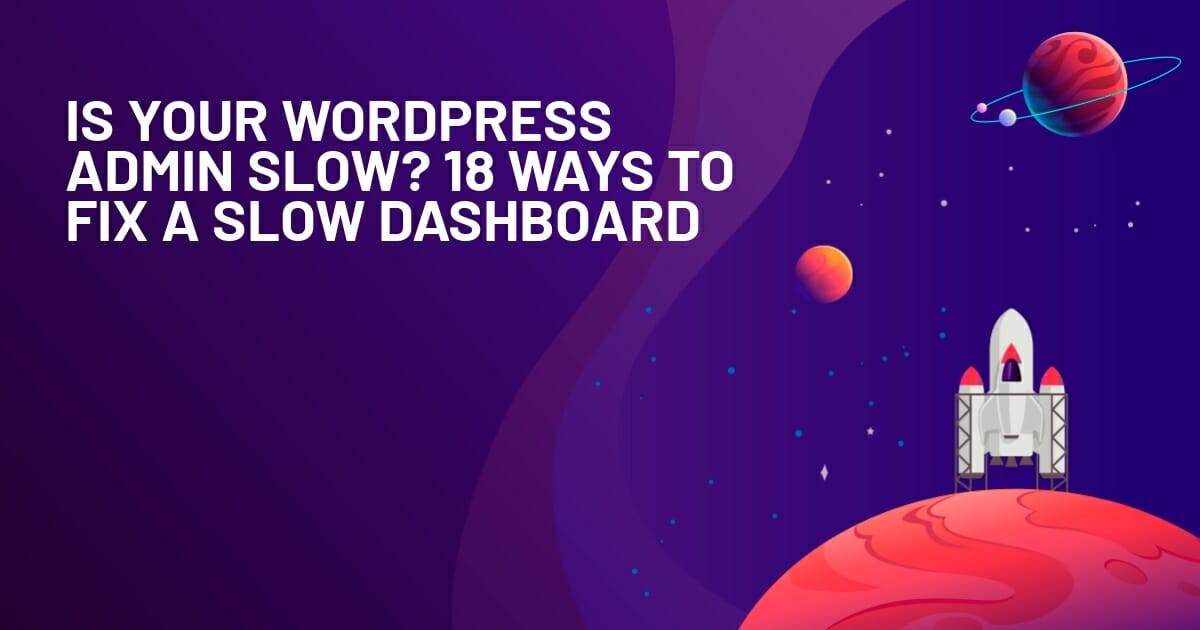
Have you ever wondered why your WordPress admin is running slowly, and if there is a way to fix it?
The truth be told, there is nothing more annoying than when your WordPress dashboard starts to misbehave. You know the scenario – you are trying to publish a post urgently, but WordPress isn’t playing ball. What should take moments seems to take forever.
Fortunately, there are many tricks to help alleviate this common problem, and I shall discuss some of those in this post.
What’s Causing Your Slow WordPress Admin Dashboard?
There are many reasons why your WordPress backend may be running slowly. Common ones include:
- Choice of hosting provider
- Too many speed-sapping plugins
- Poorly configured plugins
- Theme issues
- Outdated PHP version
- Unoptimized database
- WordPress memory limit too low
- Incorrect WordPress Heartbeat API frequency
Please note the above list is not exhaustive, and often pinpointing the exact culprit(s) may require much trial and error.
18 Ways to Speed Up Your Slow WordPress Dashboard
There are a vast number of ways to speed up WordPress admin dashboard. In this blog, we have curated some of the most common ways you can resolve the issues of slow loading WordPress websites.
- Consider Migrating To Another Hosting Provider
- Locate Speed-Sapping Plugins
- Remove Bloat Caused by Plugins
- Disable Object Cache in Your Caching Plugin
- Change Your Theme
- Use the Latest PHP Version
- Optimize Your Database
- Switch to an External Cron Job
- Enhance Your WordPress Memory Limit
- Remove All Unused Dashboard Widgets
- Change the WordPress Heartbeat API Frequency
- Use Third-Party Tools To Fix a Slow WooCommerce Dashboard
- Measure the TTFB
- Update the ‘wp-admin’ and ‘wp-includes’ Folders
- Get Rid of the Admin Toolbar
- Introduce Content Restrictions
- Upgrade the RAM of Your Web Server
- Lock WordPress Admin & Login Pages
- Delete Transients
Let us look at them in detail.
1. Consider Migrating To Another Hosting Provider
Switching to a new host is a rather drastic measure to fix your slow WordPress admin, but it may be the one you need.
It is a sad fact of WordPress life that not all hosting providers were created equal, with some offering better performance than others. A slow host will not only mean your site performs slowly, but the WordPress backend will dawdle along, too.
Furthermore, while you may not experience issues when your site is new, the increased traffic could impact it as it grows. That is why switching to a more capable host makes sense.
While there is nothing wrong with opting for cheaper hosting, particularly in the early days of your WordPress journey, it can often be a false economy. The main reason behind this is that the budget hosting providers will cut corners to keep costs down. Unfortunately, that usually equates to them using equipment of a much lower spec than that used by more expensive, performance-oriented WordPress hosting companies.
If you are a newbie, SiteGround would be a good option. That is the host WPLift uses, and you can decide whether it fits well for your website by reading a detailed SiteGround review.
Another great but somewhat expensive option is Kinsta. However, it does offer consistently fast WordPress dashboard load times. Check out this Kinsta review to find out more.
Migrating to a new host is not as daunting as it seems, and often the company you are shifting to will help you with the transition.
2. Locate Speed-Sapping Plugins
Often, some plugins will not only cause a site’s front end to run slowly, but also they could slow down the WordPress admin dashboard.
There are several ways to identify, which plugins might be slowing down your dashboard:
- Trial and Error.
This method involves deactivating all plugins on your site to see if that helps speed up the dashboard. If it does, you can reactivate each plugin individually until you identify the culprit (s).
- Use a Test Plugin.
It may seem a little contradictory, but you can use an extra plugin like Query Monitor to identify other plugins that are hogging system resources:

- Use WP Hive Chrome Extension
WP Hive is a Google Chrome extension that reports how a plugin will impact a site’s performance. After you install the extension, whenever you search for a plugin in the WordPress plugin directory, WP Hive will add simple metrics alongside the plugin description:

Once you have identified any problematic plugin(s), you will then need to do one or more of the following:
- Check it is configured correctly, and that any unnecessary features have been deactivated (where possible). Broken Link Checker is an excellent example, because it is often set to run continually, slowing everything down. In this case, it is better to disable the plugin entirely, only running it manually whenever you need to check for broken links.
- Replace the plugin with a similar one that is better optimized for performance.
- Delete the plugin altogether if it isn’t necessary on your site.
- Use a plugin manager such as Freesoul Deactivate Plugins to deactivate plugins on specific pages (including backend ones.)
3. Remove Bloat Caused by Plugins
Some plugins are prone to bloating sites (front and backend) with unwanted features and scripts. Unfortunately, removing that bloat is difficult – impossible even – unless you use an additional plugin to help.
For example, Hide SEO Bloat helps you remove many unnecessary backend features introduced by the Yoast SEO plugin.
Besides this, you can use another plugin like Disable WooCommerce Bloat to eliminate unwanted chaff from your WooCommerce installation.
4. Disable Object Cache in Your Caching Plugin
If you happen to be using it, W3 Total Cache is a double-edged sword.
On one hand, it has many settings and configurations designed to improve your site’s performance. However, on the other hand, using lots of those settings can slow things down. This problem manifests even more with cheaper shared hosting.
If you are using W3 Total Cache and your WordPress admin dashboard has slowed down, the first thing to check is Object Caching is disabled. To do this, simply go to your W3 Total Cache settings, and ensure that ‘Object Cache’ is disabled:

If you don’t know the process of setting and configuring W3 Total Cache for your website, check our guide on Setting up WPTotal Cache.
Here, we have only talked about WPTotal Cache; even if you are using another caching plugin, it’d be wise to check its settings to ensure it is not impacting the backend performance of your WordPress.
5. Change Your Theme
It might sound a little bonkers, given that they are primarily for the front end of your site, but often, themes can also slow down the WordPress admin dashboard!
Theme developers often use the flexible functions.php file to add additional functionality, as with plugins. And just like plugins, some of that added functionality may also be dragging down the speed of your backend.
Checking to see if your theme is the root cause of your speed problems is easy. Simply switch back to the default WordPress theme (currently Twenty Twenty-Three), and if your WordPress admin speed normalizes, then you’ll know the issue probably lies in your theme’s functions file.
Once you have confirmed the problem with your theme, you can first try contacting the theme developer about it. Alternatively, you can appoint a freelance developer to try and fix the problem for you. What’s more, you can always consider switching to another theme.
6. Use the Latest PHP Version
WordPress is built using PHP, a general-purpose scripting web development language.
Like the WordPress core, PHP continues to develop. Unfortunately, while most people are pretty good at regularly updating their WordPress, relatively few realize that their PHP also needs periodic updating.
Updating your WordPress’s PHP brings several benefits, including tighter security, and greatly improved performance. However, not all web hosts automatically install the latest version; you may have to do it manually.
How you do this varies from host to host, but in many cases, it is through C-Panel. For example, here is a screenshot of my GreenGeeks C-Panel showing the active version of PHP on my account:

In the above case, even though with a couple of newer versions available, GreenGeeks automatically applies the latest stable version of PHP. You will need to check with your own host to see what the arrangements are for PHP updates.
7. Optimize Your Database
As time passes, your WordPress database will gain plenty of unwanted clutter, predominantly post revisions and transients. In particular, the databases of WooCommerce sites are prone to expire after a specific time. All of this can cause a slow WordPress admin dashboard.
Thankfully, caching plugins such as WP Rocket or LiteSpeed Cache usually have integral tools to help you safely delete this clutter from your database, thereby helping improve the speed of the frontend and backend of your site.
8. Switch to an External Cron Job
The WP-Cron utility handles time-sensitive tasks such as updates or sending automated emails in WordPress.
Even though the utility doesn’t run continually, it can still slow down the dashboard if it’s tasked with performing a large number of demanding jobs. Moreover, WP-Cron is activated on every page load, which can create speed issues for sites with high traffic.
A plugin like WP Control will give you an overview of all the website’s crone events, and enable you to edit or delete unnecessary events. Moreover, you can use this plugin to create new crone events or define their frequency. It would help if you disabled the WP-Cron before you start using this plugin. Add the ‘define(DISABLE_WP_CRON, true) line to the wp.config.php file to deactivate the utility, and create an external cron job with WP Control.
9. Enhance Your WordPress Memory Limit
Your site’s PHP memory limit could be the culprit causing your backend to slow down.
Fortunately, this is a relatively easy fix, especially if your host provider allows you to do it manually. In that case, all you must do is insert this line of code at the very top of your wp-config.php file:
define(‘WP_MEMORY_LIMIT’, ‘256M’);
If your host doesn’t permit manual increases to the PHP memory limit, you’ll need to request they increase it for you.
10. Remove All Unused Dashboard Widgets
Quick Draft, Activity, and WordPress News are some of the widgets included on all WordPress dashboards by default.
However, most admins don’t use these widgets. Even so, they’re frequently loading information, which can cause the dashboard to run slower than usual.
Disable Widget plugin enables you to check if unused widgets are the reason behind the slow backend of your WordPress site. Go to the Appearance menu once you’ve installed and activated the plugin, open the plugin, and disable the dashboard widgets you don’t want to use. The plugin doesn’t disable all widgets automatically, as it lets you choose the widgets you want to keep on the dashboard.
11. Change the WordPress Heartbeat API Frequency
The WordPress Heartbeat API facilitates communication between your browser when you’re logged in to your WordPress dashboard and the web server. Put simply, it syncs data between the two.
The Heartbeat API allows WordPress to do useful things like automatically saving drafts, showing when another user is editing a post, etc.
However, as is often the case with useful features, they can also have the downside of slowing the WordPress backend. Thankfully, there are ways of fixing this without disabling them altogether.
One way is to use the free Heartbeat Control plugin. In this, you can go to Settings → Heartbeat Control Settings, and then either:
- Disable the Heartbeat API altogether, or
- Adjust the frequency so that it runs less often, for example, to 60+ seconds.

By doing this, you’ll get all the benefits of the Heartbeat API, but using fewer resources.
If you continue to experience issues after adjusting the frequency, you can try completely disabling the Heartbeat API to see if that helps.
12. Use Third-Party Tools To Fix a Slow WooCommerce Dashboard
If you run a WooCommerce store, you may have noticed the backend slowing as you add more products. Unfortunately, as your store expands, so does this problem. All of this makes running queries and reports a real pain.
The fastest solution to this problem is using a WooCommerce analytics plugin like Metorik. It will give you a better interface to work with, plus it will help improve performance. The main reason behind this is that Metorik is not constrained by the same database structures as the WordPress dashboard.
The speed improvement can be dramatic, with reports that can take over 30 seconds to load in the WordPress dashboard taking just a split second in Metorik.
13. Measure the TTFB
Inspecting the site’s Time to First Byte metric won’t speed up the WordPress backend, but it might help you resolve the issues causing the problem.
The metric is commonly used to measure the performance of the website’s frontend, but it can also show you what you need to do to speed up the dashboard.
WP Adminify module lets you use the Pagespeed Insights option to analyze the dashboard’s TTFB, and improve the performance of the site’s backend. Ideally, the dashboard’s TTFB should be around 200ms.
14. Update the ‘wp-admin’ and ‘wp-includes’ Folders
If everything you have tried so far still has not improved the speed of your WordPress admin dashboard, you can, as a last resort, upload fresh copies of the ‘wp-admin‘ and ‘wp-includes‘ folders to your website.
To do this, download a completely new copy of the latest version of WordPress from WordPress.org. If you are still using an older version of WordPress, you should download that one instead.
Next, extract the ZIP folder and use FTP to upload only the wp-includes and wp-admin folders. When prompted, select the option to overwrite existing files.
Hopefully, your WordPress admin panel will now be working at its normal speed.
15. Get Rid of the Admin Toolbar
Although useful for jumping between the site’s frontend and backend, the Admin toolbar uses a lot of core memory. Hence, it might be the reason why your WordPress admin is so slow.
Fortunately, disabling it is easy. Go to the Users menu, open the Your Profile submenu, and uncheck the Show Toolbar when Viewing Site tickbox.
Alternatively, you can insert the /*turn off WordPress Admin Bar for all users*/add_filter(‘show_admin_bar_return_false’); line to the functions.php file.
What’s more, the following line of code enables you to define who can see the Admin Toolbar:
If(!current_user_can(‘manage options’)){ add_filter(‘show_admin_bar_return_false’);
16. Introduce Content Restrictions
Showing too much content on a single page can sometimes strain the site’s backend and lower the dashboard’s speed.
Limiting the amount of content the website has to load when displaying a page might do the trick, and speed up the WordPress admin.
The Screen Elements section of a WordPress dashboard features the Screen Options tab that lets you set the maximum number of items, which can be displayed on a single page. A webpage will show 20 items by default, but you can lower this number to check if it affects the dashboard’s speed.
17. Upgrade the RAM of Your Web Server
Even though you have the option to enhance the RAM of your website, there are certain limitations on the hosting plan. Every hosting plan has access to a specific amount of resources.
A slow WP admin dashboard has a direct connection with the RAM of your website. If there is low RAM, it will affect the speed of your website. If you are unaware of the web server, and its RAM requirement, reach out to the hosting provider.
Ask the RAM provider whether the RAM allocated to the web server is sufficient or low. They will look into it, and provide you with exact figures for your RAM consumption. If the requirement is high, the hosting provider will inform you to increase it.
If the current hosting provider doesn’t offer an option to increase the RAM of the web server, it’s high time to upgrade to a new hosting provider.
18. Delete Transients
Transients is the method of storing data for a specific amount of time in WordPress. As compared to the object cache, transient data gets stored for a limited time, with the trust that it is updated at regular intervals.
If you have a WooCommerce store, a lot of transients get created, which will slow down your WordPress dashboard. These transients are stored as remote API calls in the WordPress database. You can remove unnecessary transients with the help of the WooCommerce settings.
Frequently Asked Questions about Slow WordPress Dashboards?
Why is My WordPress Admin so Slow?
Various factors can affect the dashboard’s load time.
Using outdated version of WordPress, failing to update the PHP, or overloading the website’s database are among the most common reasons the dashboard doesn’t operate optimally.
Moreover, the theme you’re using or activating too many unnecessary functions can hurt the dashboard’s speed. Installing too many poorly optimized plugins is another reason your WordPress admin is slow.
Usually, combining these factors drives the dashboard’s speed down rather than a single isolated issue.
How Do I Fix Slow Admin on WordPress?
Testing is the quickest way to determine the root of the problem.
You should ensure you’re using the most recent PHP and WordPress versions before turning different functionalities on and off.
Moreover, you must check if the issue is caused by the hosting provider, and migrate to a better service if it is. Disable all widgets and plugins you’re not using one by one to determine if they’re using too much of the core memory and slowing down the dashboard. Try limiting the number of items WordPress has to load when opening a page to test if the problem is content-related.
Conclusion
It is crucial to address the slow WordPress dashboard issue to enhance your site management, and provide a better user experience. We hope you have understood all the ways to improve the WordPress dashboard slow loading issues. From theme to plugin updates, image optimization, changing your hosting provider, and more, you can implement more than one effective way for speeding up your WordPress admin dashboard.
In the end, implementing these shared strategies and tricks will speed up your content management task, and enhance user engagement, thereby ensuring your site survives and thrives in the digital age.
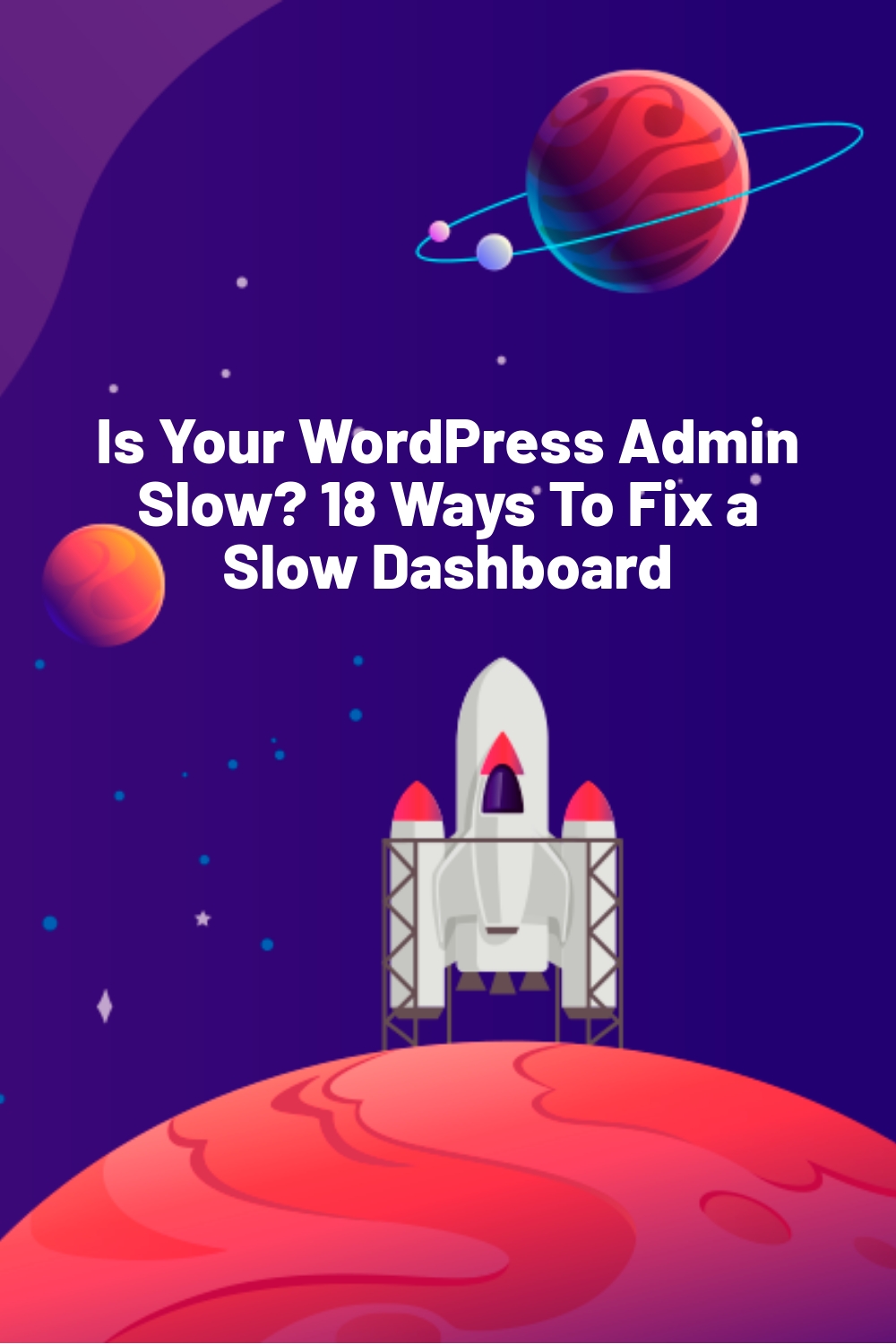
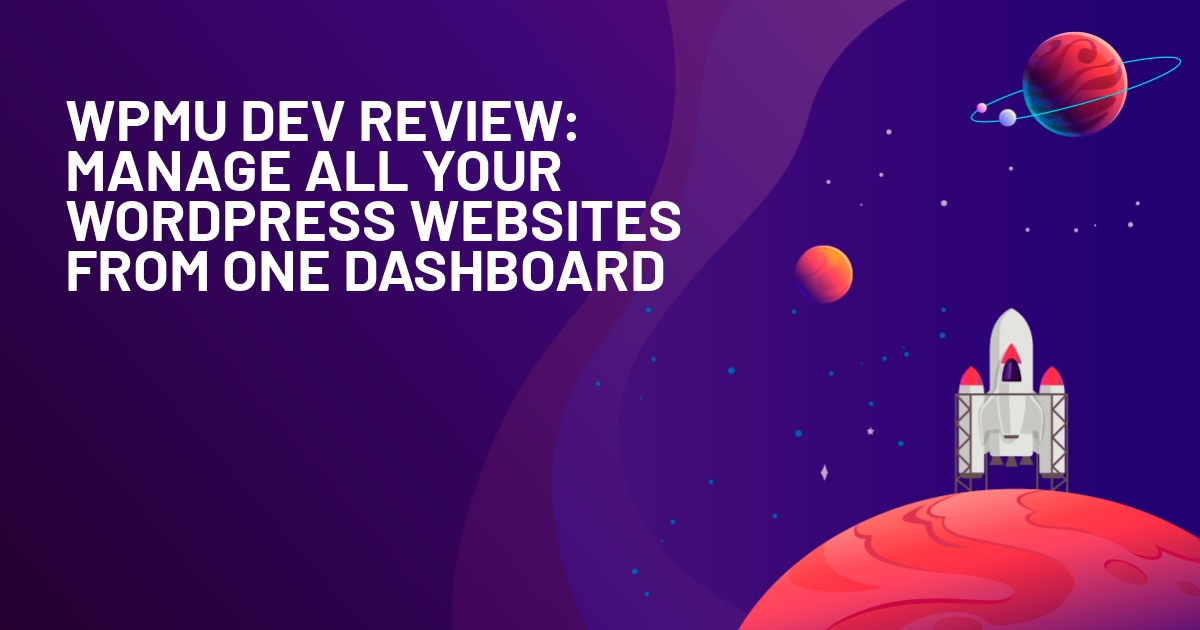
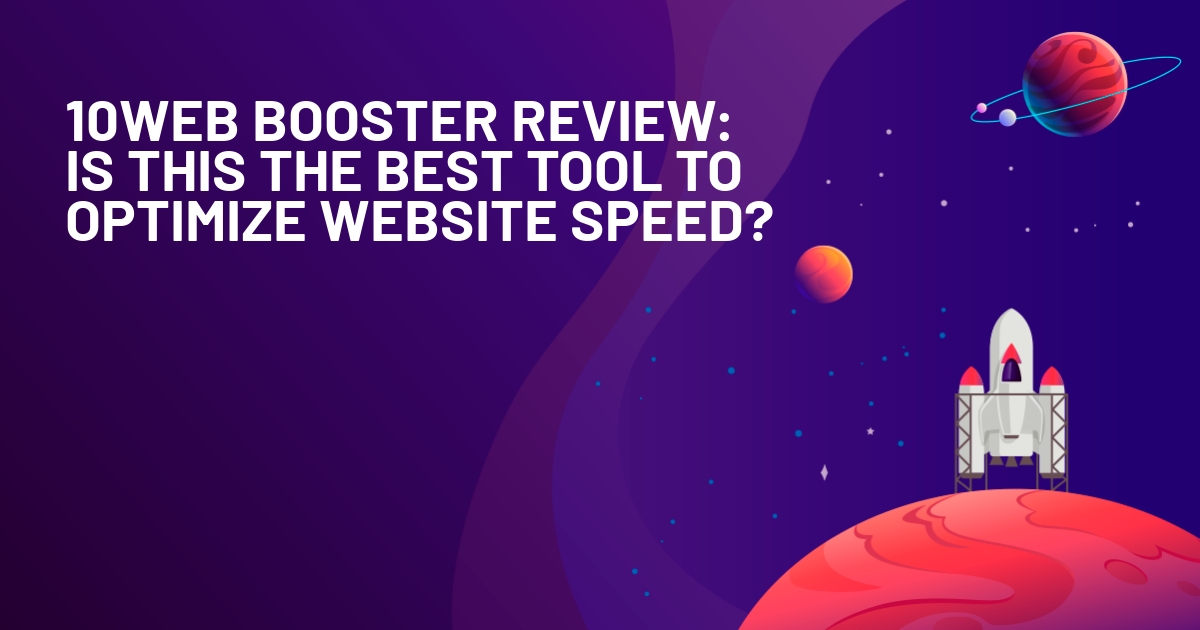
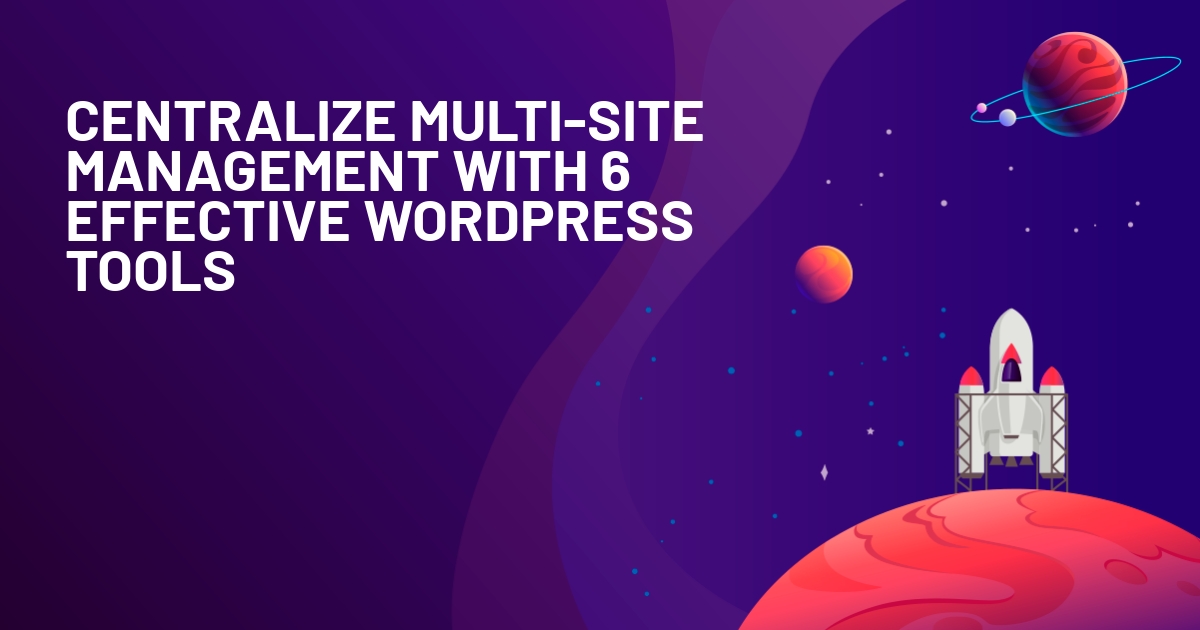





Thank you for those great tips! How do I know which host is better for my business? They all say that have a great speed, SSD storage and so on.
Hey Wilhelmina, I always recommend SiteGround if you’re on a budget and Kinsta if you’re not.
great article, after replacing new set of wp-admin And wp-includes Folders, my wp admin loads faster..
regards,
kathir